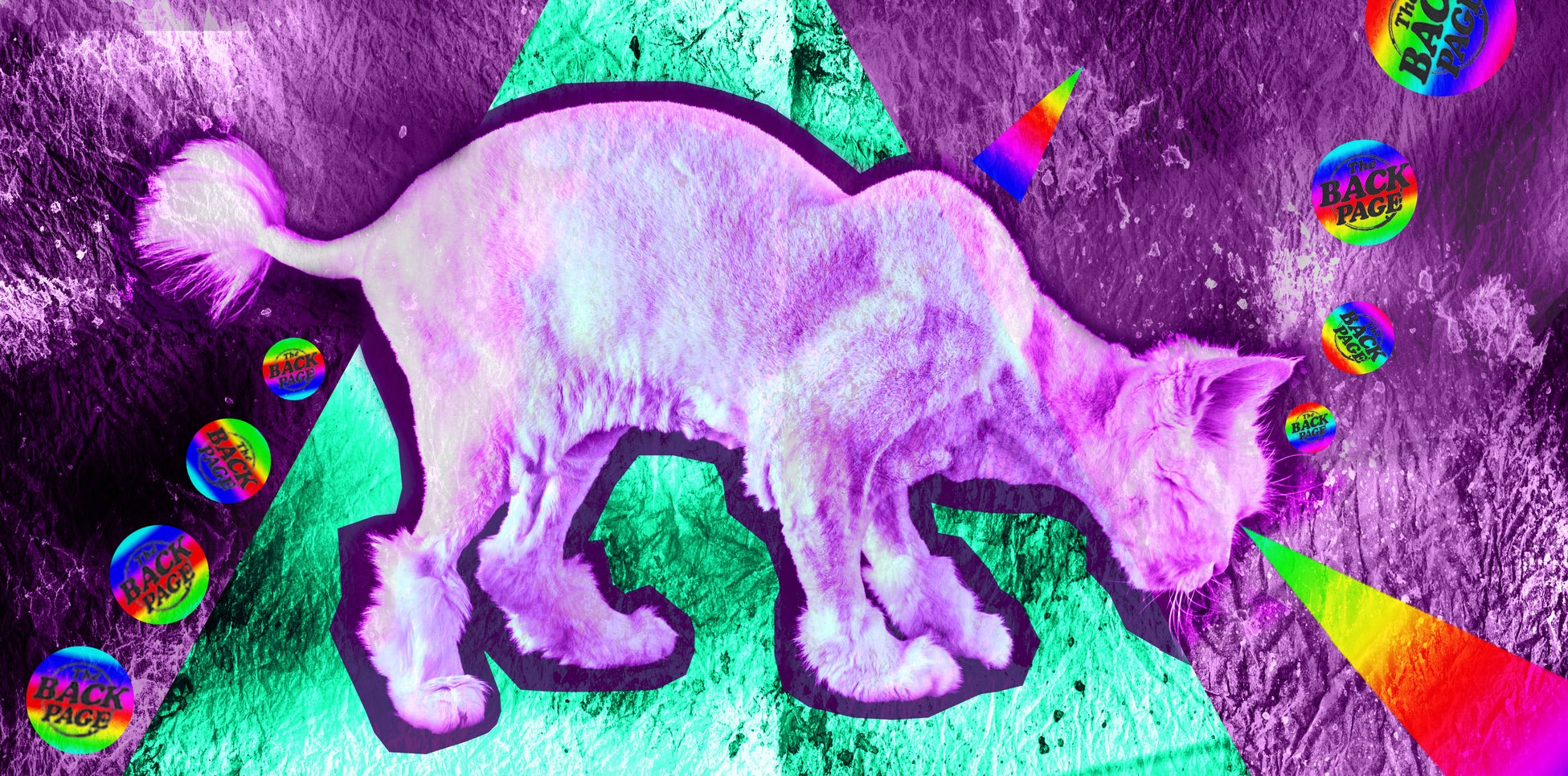Those ancient Egyptians knew a thing or two about opening the doors of perception.
Your Back Page scribbler loves it when we stumble across research that seemingly provides a factual basis for a long-held suspicion.
For example, as a child we were subjected to endless hours of schooling in the stories of the ancients: Greeks, Romans, Egyptians, Babylonians, Jews, and, of course, the early Christians.
The bizarre and fantastical nature of many of these old-timey yarns never failed to make an impression on the sponge-like imagination of your correspondent, mainly taking the form of: “How in God’s name did these dudes dream up this bollocky load of bollocks?”
As we got older and more experienced, we began to speculate that those yarntellers might have been using a little “assistance” to get the creative juices flowing, and, as it transpires, our conjectures were on the money.
We have a team of researchers from the University of South Florida to thank for this revealing study which suggests at least some ancient Egyptians had more than a passing acquaintance with the mind-twisting sensations of psychedelic drugs.
That’s putting it mildly. In fact, our ancient trippers were in the habit of mixing up and imbibing the kind of cocktail of hallucinogens that would make Jimi Hendrix seem like a boy scout by comparison.
How does a combination of psychotropic water lilies, hallucinogenic herbs, bodily fluids and good old alcohol sound as a kick-starter concoction to get the neurons tingling?
Writing in the journal Scientific Reports, our boffins detail how they were able to use advanced chemical and DNA techniques to analyse the contents of an Egyptian “Bes” mug which had been donated to a museum in Florida in 1984.
Bes mugs are typically decorated with the head of an Egyptian god associated with protection, fertility, healing, and magical purification, although their exact purpose, and liquid contents for that matter, have never been fully explained.
By scraping samples from the mug’s interior, the study team were able to identify all the chemical signatures of the components of the liquid contained in mug. These included plants used by Egyptians, all of which have psychotropic and medicinal properties.
“There’s no research out there that has ever found what we found in this study,” lead author professor Davide Tanasi told media.
The mug held an astonishing “cocktail of psychedelic drugs, bodily fluids, and alcohol” in possible evidence of a magical ritual reenactment, he said.
Quite what those rituals might have been is speculative, but Egyptologists suggest they may have been associated with confirming a pregnancy and inducing dream-like visions relating to that event.
Or they may just have been enjoying the opportunity to get whacked off their faces after a hard day’s yakka at Giza Pyramid and Sphinx Construction Co Ltd.
Pave the path to enlightenment with story tips for penny@medicalrepublic.com.au.


